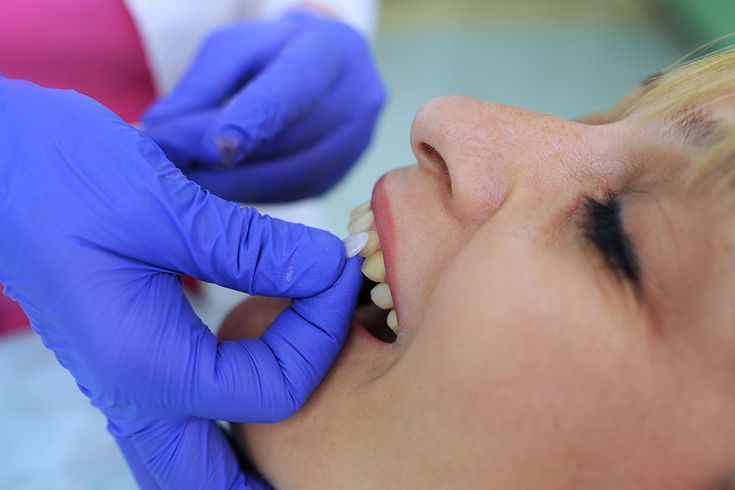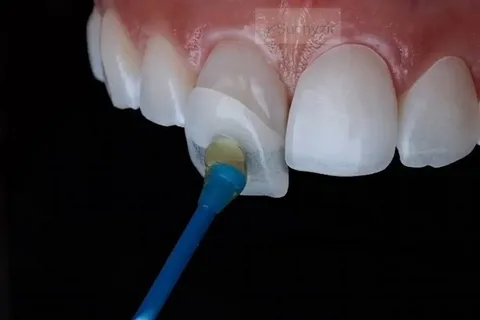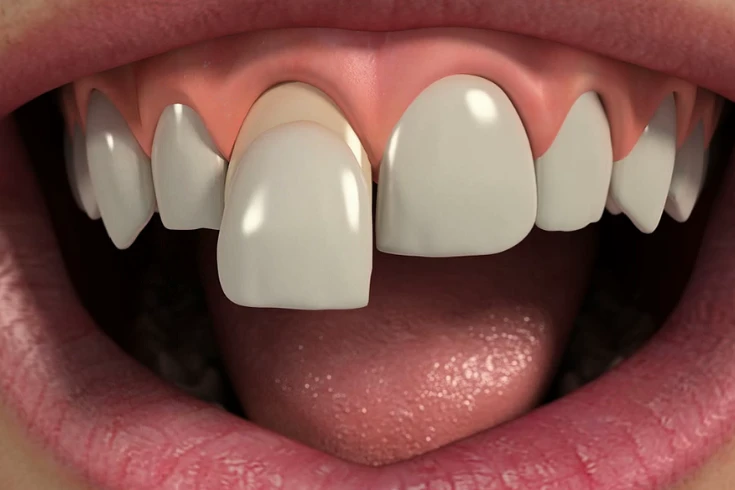Root canal therapy is a standard dental procedure to save a tooth with severe decay or infection. While the procedure alleviates pain, managing discomfort during and after a root canal treatment is crucial for a smooth recovery. This comprehensive guide will explore various strategies and techniques for effective root canal pain treatment management, ensuring you have the information to navigate this process easily.
What Is a Root Canal?
A root canal treatment is a dental procedure aimed at treating infections or damage to the pulp inside a tooth. The pulp is the soft tissue at the center of the tooth, which contains nerves and blood vessels. When this pulp becomes infected or inflamed due to deep decay, trauma, or other issues, a root canal can remove the affected tissue, clean and disinfect the root canals, and seal them to prevent future problems.
Why Might Pain Occur?
While the procedure is generally effective at relieving pain, some discomfort can occur. Pain during a root canal treatment may result from:
- Inflammation: Swelling or inflammation of the surrounding tissues.
- Infection: Persistent infection that may not have been fully resolved during the procedure.
- Pressure Changes: Changes in pressure within the tooth or jaw.
Pain Management Before the Procedure
Pre-Treatment Consultation
Before undergoing a root canal, your dentist will conduct a thorough examination to assess the condition of your tooth and discuss your pain management options. Be sure to:
- Discuss Pain Levels: Share details about your current pain and discomfort levels. This information will help your dentist tailor the treatment plan to your needs.
- Ask Questions: Inquire about the procedure, anesthesia options, and any potential side effects.
Pre-Procedure Medication
Sometimes, your dentist may recommend medication to manage pain before the procedure. These might include:
- Over-the-Counter Pain Relievers: Medications like ibuprofen or acetaminophen can help manage pain and inflammation.
- Antibiotics: If an infection is present, antibiotics may be prescribed to reduce infection and inflammation.
Pain Management During the Procedure
Local Anesthesia
Local anesthesia is typically used during a root canal to numb the affected tooth and surrounding area. This is the primary method for managing pain during the procedure. Key points include:
- Effectiveness: Local anesthesia blocks nerve sensations in the targeted area, ensuring you remain comfortable throughout the procedure.
- Administration: The anesthesia is usually administered via injection around the affected tooth. Your dentist will ensure the area is adequately numb before beginning the root canal.
Sedation Options
For patients who experience significant anxiety or have difficulty remaining still, additional sedation options may be offered:
- Nitrous Oxide (Laughing Gas): This inhaled sedative helps to relax patients and can be adjusted throughout the procedure.
- Oral Sedatives: Prescription medications taken before the appointment can help reduce anxiety and make the procedure more comfortable.
- IV Sedation: For more extensive sedation, IV sedation may be used to put patients in a deeply relaxed state while still being responsive.
Pain Management After Procedure
Immediate Post-Procedure Care
After the root canal, you may experience discomfort or soreness in the affected area. Effective pain management strategies include:
- Over-the-counter Pain Relief: Medications such as ibuprofen or acetaminophen can help manage pain and reduce inflammation.
- Cold Compress: Applying a cold compress to the outside of your cheek can help reduce swelling and numb the area.
Prescription Medications
In some cases, your dentist may prescribe medications for pain management, such as:
More potent Pain Relievers: Prescription pain medications might be provided if over-the-counter options are insufficient.
Antibiotics: If an infection is present or there is a risk of infection, antibiotics may be prescribed to help manage this issue.
Home Care Tips
Following these home care tips can help manage pain and promote healing:
- Avoid Hard or Chewy Foods: Stick to soft foods to avoid putting additional pressure on the treated tooth.
- Maintain Good Oral Hygiene: Continue to brush and floss regularly, but be gentle around the treated area to avoid irritation.
- Avoid Smoking and Alcohol: These substances can interfere with healing and increase the risk of complications.
Dealing with Complications
Persistent Pain
If you experience persistent or severe pain after a root canal, it’s important to contact your dentist. Potential causes of persistent pain include:
- Infection: The infection may not have been fully treated, or a new infection may have developed.
- Incomplete Treatment: In rare cases, parts of the root canals may not have been thoroughly cleaned or sealed.
- Referred Pain: Pain may be referred from other areas, such as the jaw or sinus.
Allergic Reactions
Although rare, some patients may have allergic reactions to medications or materials used during the procedure. Symptoms might include:
- Rashes or Itching: These could indicate an allergic reaction to medications.
- Swelling: If you experience significant swelling or difficulty breathing, seek medical attention immediately.
Root Canal Retreatment
If the initial root canal does not resolve the issue, retreatment might be necessary. This involves re-opening the tooth, cleaning and disinfecting the canals, and resealing them.
Long-Term Pain Management and Care
Follow-Up Appointments
Regular follow-up appointments with your dentist are crucial to monitor the healing process and ensure the success of the root canal. These appointments may include:
- X-rays: To check the progress of healing and the effectiveness of the treatment.
- Evaluation of Symptoms: Discuss any ongoing symptoms or concerns with your dentist.
Restoration of the Tooth
After a root canal, your tooth must be restored to its full function and appearance. This typically involves:
- Crown Placement: A dental crown is often placed over the treated tooth to protect it and restore strength.
- Filling: If a crown is not immediately placed, a temporary filling may seal the tooth until the permanent restoration is applied.
Long-Term Care
To maintain the health of your tooth and avoid future problems:
- Practice Good Oral Hygiene: Brush twice daily and floss daily to prevent decay and gum disease.
- Regular Dental Check-Ups: Schedule regular visits to your dentist for cleanings and exams.
- Avoid Excessive Pressure: Avoid using the treated tooth for hard or sticky foods immediately after the procedure.
Conclusion
Effective pain management during and after a root canal is essential for a comfortable and successful recovery. Understanding the various pain management strategies and following your dentist’s recommendations can minimize discomfort and ensure a smooth healing process. If you experience any unusual or persistent pain, don’t hesitate to contact your dentist for further evaluation and treatment.
Consult with your dental professional for more information or personalized advice on root canal pain management. They can provide tailored recommendations based on your situation, ensuring you receive the best care possible.





